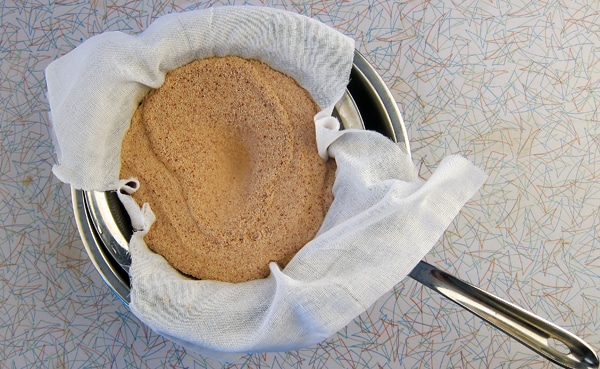Acorns. Deer love these nuts because they're large in size allowing deer to consume them quickly, and they're packed with nutrition. It's like a protein bar for wildlife.
If you search the terms “deer” and “acorns” there are over a half million search results. Much of the content targets deer hunters looking for tips on how to leverage acorns in a way that can boost hunter success. Topics can include how to plant thriving oak trees in your food plot, how to select the best hunting site when acorns are everywhere and what to expect when your hunting lease is full of oaks but the mast crop is damaged by a harsh winter.
If you want to brush up on how you can build a successful deer-hunting season around acorns, check here, here and here. There’s more where that came from too. But what about the acorn itself? What’s in an acorn? Why’s it such a lure for deer and other wildlife? And how come you don’t see humans eating acorns just the same as other nuts?
What’s in an acorn?
Depending on the oak species, acorns take between 6 to 24 months to mature. The acorn is a single seed wrapped in a leathery shell and situated in a cupule, which isn’t unique to just acorns. Its purpose is to hold and protect, same as a mother’s womb or a beer koozie.
Acorns are a nutritional powerhouse.
Let's say a deer eats 100 grams of acorns (3.5 ounces), here’s what the nutritional value for that deer looks like: 40 grams of carbs, 23 grams of fat and 6 grams of protein. (For comparison, a boiled egg and a half cup of black beans each have 6 grams of protein also, but zero carbs).
Which acorns do deer like best?
Whitetails prefer certain species of acorns over others. This is largely due to an acorn's level of tannic acid. The less, the better. The tannins are bitter and can make the acorn's protein more difficult for deer and other animals to metabolize. It’s worse for other animals like cattle, where the tannic acid can cause ulceration and kidney failure.
Here’s a list of oak trees with the most preferred acorn-producing tree listed first and the least-preferred listed last:
- White Oak: Low tannic acid level makes this the sweetest of all acorns. Generally, they produce a heavy mast crop every third year and a decent crop every year.
- Pin Oak: Low to medium tannic acid level. Typically produces a crop every other year.
- Water Oak: Low to medium tannic acid level. Typically produce a crop every year.
- Red Oak: Medium tannic acid level. Deer usually won’t feed entirely on red oak acorns because of their bitterness.
- Black Oak: Produces a crop every other year. Medium to high tannic acid level. Usually a good spring food after winter thaw.
- Bur Oak: This is a very large acorn with medium to high tannic acid level. The large size makes them more attractive for consumption.
- Live Oak: Typically produces a crop every year. Lower in preference due to high tannic acid levels.
— Oak tree preferences courtesy of Realtree.com.

You can learn how to remove the bitter tannins found in acorns at hunt-food.net. Photo: Hank Shaw
Can humans eat acorns?
Yes. Native Americans depended on acorns as part of their diet, particularly the Yurok and Karuk tribes of California. The shelf-life of an acorn – which Native Americans would store up to two years to compensate for off years when the mast crop wasn't abundant – made these nuts useful as an insurance food staple.
But would humans want to eat acorns if they tasted them?
Not so much. And that’s because of the bitter tannin. According to National Public Radio, acorn “consumption is pretty much limited to Korean cuisine (which favors an acorn jelly), and several Native American Tribes.” And our digestive systems don’t fair much better than those of cattle – the tannin can damage our kidneys too.
But the tannin can be removed. And some are willing to go to the effort to do it. That motivation is likely due to the renewed interest in eating locally. Consumers want to know the origin of their foods and acorns are abundant for many living in a variety of countries and regions across the world.
How much effort does it take to remove the tannin in acorns?
You can read about the process and learn how to do it thanks to Hank Shaw, a wildlife chef and fixture in the hunting community. From start to finish, preparing acorns to eat involves shelling, then leaching the acorns in water to remove the tannin, then grinding the acorns into flour.
Would anyone ever want to stop an oak tree from producing acorns?
Why yes, as turns out someone would. This particular someone wrote into Better Homes & Gardens and asked how an oak tree might be stopped from producing its mast crop. What's behind the need to neuter oak trees? The acorns make mowing difficult.
And ... that's why it's easy to dislike pampered Americans.
Featured Photo: David Hill







